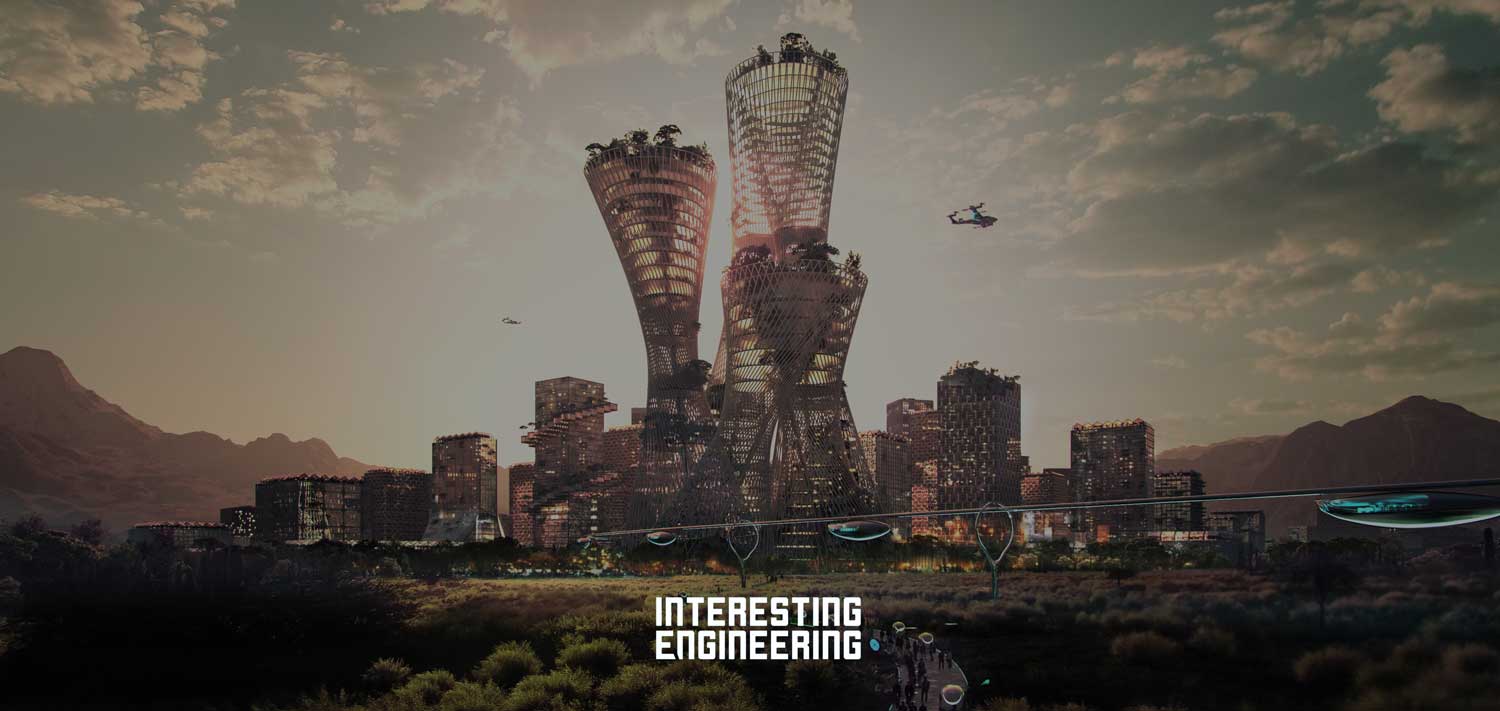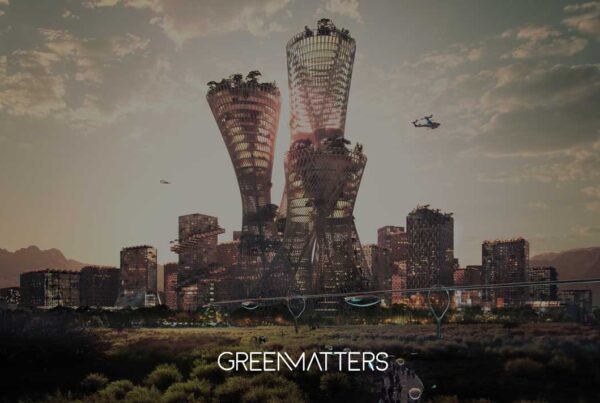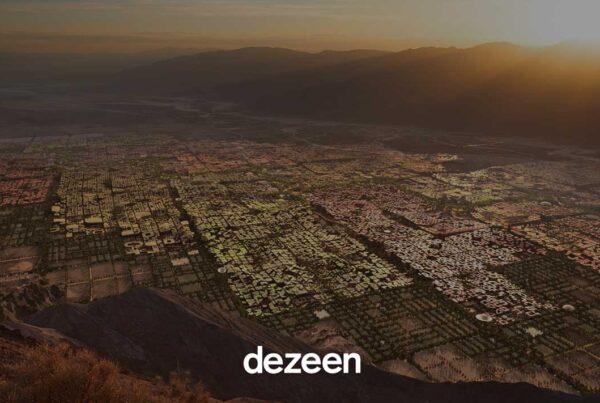The city’s name, Telosa, was announced by Ingels’ firm BIG on Twitter on Wednesday and its construction will fulfill the vision of entrepreneur Marc Lore, whose aim is to recapture unused land and turn it into something close to a thriving utopia.
“Our vision is to create a new city in America that sets a global standard for urban living, expands human potential, and becomes a blueprint for future generations,” a statement from Telosa reads.
A city owned by the local community
Marc Lore is a former Amazon worker, Walmart CEO, and is also known for founding Diapers.com. His latest projects are by far his most ambitious to date, which is why he enrolled the expertise of Danish architect Bjarke Ingels, who is known for his “Worldcraft” concept and has designed buildings such as the Danish Maritime Museum and the Copenhill waste-to-energy plant ski slope.
One of the driving principles behind the city of Telosa is that it will be built on a large, newly-bought plot of land that would be donated to a community endowment. As the city is built, the land’s value will increase, helping to further fund the city’s development and improve the lives of its citizens.
On the city of Telosa’s website, Lore says that “land could essentially go from a barren piece of desert to a modern-day city worth billions. It got me asking even more questions and thinking about a potential solution. What if that land had been owned by a community endowment? What if you took that land appreciation and gave it back to the community since they created the value?”
The exact location of Telosa has to be decided, though potential construction sites include parts of Nevada and Idaho. Lore and Ingels plan to build a city capable of housing up to 50,000 by 2030, with long-term plans for the city to grow to a population of 5 million over the following four decades.
“The most sustainable city in the world”
As sustainability will be at the forefront of the construction project — Lore says that building it from scratch will allow it to be “the most sustainable city in the world” — eco-friendly building materials and processes will be used. Though Lore and Ingels have yet to specify what processes will be used, the use of 3D printed concrete for the UK’s second high-speed railway line, and the Technical University of Dresden’s carbon concrete constructions both cut carbon emissions by 50 percent, meaning they could be a reference point for the construction of Telosa.
The city will be built with bikes and pedestrians in mind, and “slow-moving autonomous cars safely share the street with people and nature.” Concept images on the city’s website also show flying taxis flying through its skies and futuristic monorails zipping between buildings.
Finally, the city will be built on the principles of inclusivity and openness, Telosa’s website explains. A large viewing tower, called Equitism, is envisioned as “a beacon for the City,” and will draw “visitors and residents together.” The name Telosa was derived from the ancient Greek word used by Aristotle to mean “highest purpose.” While the project is incredibly ambitious, its creators say they are “not attempting to create a utopia” and that their aim is to attain something that is “realistic.” They argue that their idealized society is perfectly attainable, and necessary, in a world fighting against the ravages of climate change.




